Contributing to the Sustainable Development Goals (SDGs) represents a significant value creating opportunity for business. According to the Business and Sustainable Development Commission, achieving the SDGs will create up to US$12 trillion of market opportunities[1] for companies across the four economic systems studied in its landmark report Better Business, Better World (food and agriculture, cities, energy and materials and health and wellbeing). In the food and agricultural sectors it estimates that achieving the SDGs could unlock 14 major business opportunities worth US$2.3 trillion annually by 2030, for example reducing food waste in value chains could be worth US$405 billion to the private sector.
To unlock these opportunities, companies, who until now have made a broad corporate level commitment to supporting the SDGs, need to fully operationalise their commitments into their products and services, supply chains, and social investment programmes – so achieving them becomes increasingly part of business as usual. More specifically, for businesses sourcing from smallholder producers, linking commercial strategies with the SDGs opens up significant new opportunities.
By aligning with economic, social, and environmental sustainability priorities that have been collaboratively developed with all sectors through the SDG process, companies will be better able to mobilise additional resources and partners, meet growing societal expectations, strengthen government engagement, and build more joined up and effective programmes.
But operationalising the SDGs represents a big challenge for companies. Many SDG targets and indicators are different from how companies typically set their own targets and measure performance and return on investment. Further, for many companies it is not immediately clear what the SDGs add to existing sustainability goals and strategies, and what companies could be doing differently to support them.
To help answer some of these questions, Business Fights Poverty and Sustainable Food Lab, with support from AB InBev, Mars and DFID, have developed an introductory guide: Harnessing the SDGs to strengthen smallholder supply chains, which is aimed at businesses, especially those individuals working in procurement and sustainability roles, who are responsible for translating high-level goals and targets into action “on-the-ground”. The guide has been informed by research and consultation with a range of business and development stakeholders. We also drew on an online discussion that brought together over 550 people.
This guide explains what the SDGs are, how they link to smallholder sourcing programmes and ways for a company to contribute to their achievement. The guide identifies seven SDGs most relevant to smallholder sourcing strategies: Goal 1: No Poverty, Goal 2: Zero Hunger, Goal 5: Gender Equality, Goal 8: Decent Work and Economic Growth, Goal 12: Responsible Consumption and Production, Goal 13: Climate Action and Goal 17: Partnerships for the Goals, with practical advice and examples of how to contribute to each of them.
The Guide also sets out some practical steps to start the process of operationalising the SDGs, building on existing practices and sustainability work that field based teams are already engaged in, often in collaboration with other stakeholders.
Engaging with the SDGs and their accompanying targets are an important business and societal opportunity. But it is a complex undertaking that requires integration of commercial priorities such as consistent quality raw material procurement with the innovations, practices, and investments that increase contributions to the SDGs, such as reducing impacts on climate, water, and soils while reducing rural poverty and food insecurity.
Through this guide, we aim to make the SDGs relevant in a business context and mobilise commercial and procurement teams in companies to act in support of them, and encourage the innovation and collaborative learning needed in the years ahead to have a meaningful collective impact.
[1] Better Business, Better World. Business and Sustainable Development Commission, 2017. It looked at four key sector clusters: food and agriculture, cities and mobility, energy and materials, and health and well-being and found that the 60 largest opportunities from these four sector clusters could together generate business revenues and savings worth more than $12 trillion by 2030, equivalent to 10% of forecast global GDP.











One Response
It is all very well to say “To unlock these opportunities, companies, who until now have made a broad corporate level commitment to supporting the SDGs, need to fully operationalise their commitments into their products and services, supply chains, and social investment programmes – so achieving them becomes increasingly part of business as usual. More specifically, for businesses sourcing from smallholder producers, linking commercial strategies with the SDGs opens up significant new opportunities.”, but this ignores the framework of taxation by governments both at local producing country and consuming country level and how much of that taxation is then reinvested into those smallholder communities which would really encourage private sector participation. In many commodity dependent countries there is a disconnect between farmers and their communities which arises because these farmers are taxed significantly to support other areas of the economy of the producing country. If some of this taxation was visibly reinvested by governments visibly into these communities to address SDG issues and general infrastructural deficit in those communities then there would be something for the private sector to build on and this in turn would build communities on a solid basis whxcih gave a vision of a future for young people and maybe help to avoid capital flight. What should also occur is that some of the significant taxation derived in consuming countries from the products sourced by these farming communities should be likewise be invested (via development agency budget) alongside the other sources of private sector expectation and the investment of the producing country government in their own farmers. Until this happens then to expect the private sector to step in to take responsibility for SDGs in producing countries will not achieve the desired level of traction.